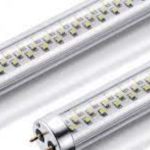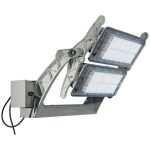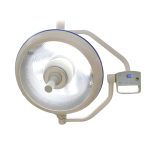Demystifying LED Light Colors: Understanding What They Mean
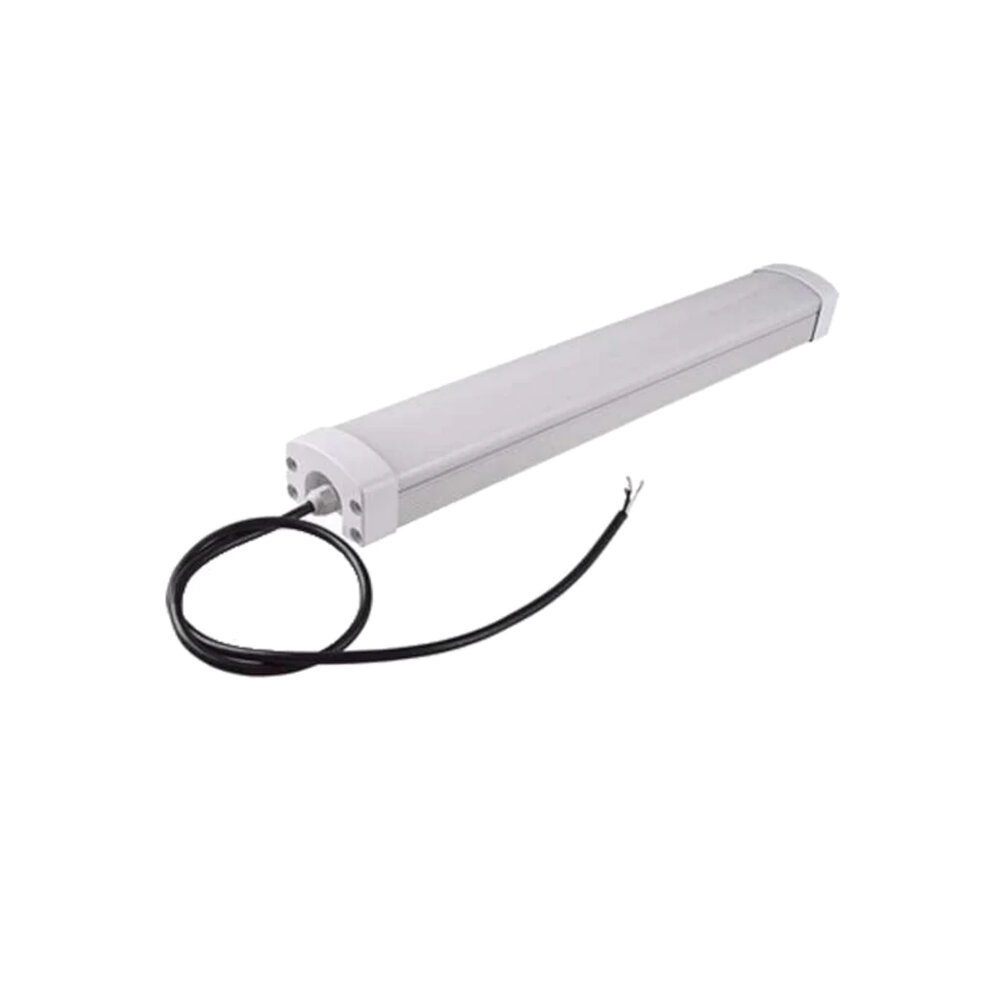
Light Emitting Diodes or LED lights have become a ubiquitous part of our lives. From traffic signals to televisions, LED lights can be found everywhere. However, these lights come in various colors, and understanding what each color means can be confusing. Colors are not just a matter of aesthetics; they have a significant impact on the way we perceive our environment. In this article, we will explore the different colors of LED lights and what they represent. LED light colors are categorized into three broad categories: warm, cool, and daylight. Warm colors, such as yellow, orange, and red, have a lower color temperature and are often associated with relaxation and comfort. Cool colors, such as blue and green, have a higher color temperature and are often associated with productivity and alertness. Daylight colors, such as white, mimic the color of natural light and are often used in settings where accurate color rendering is essential, such as in photography or art studios. Understanding the significance of each color can help you choose the right LED light for your needs. Let’s delve deeper into the world of LED light colors and explore what each color means.
Light Emitting Diodes (LEDs) are a type of semiconductor device that emits light when an electric current passes through it. They are highly efficient and have a longer lifespan than traditional incandescent bulbs. LED lights come in a variety of colors, each with its unique wavelength and energy output. LED light colors range from warm white to cool white, blue, green, red, yellow, and many more. The color of an LED light is determined by the material used in the semiconductor, which emits light when electrons move from the conduction band to the valence band. Understanding the different colors of LED lights is crucial for choosing the right lighting for your needs, whether it be for ambiance, productivity, or safety.
Understanding LED light colors is crucial in various applications, such as lighting, display technology, and medical treatment. LED lights come in different colors, each with its unique wavelength and frequency, which can affect the human body and mind differently. For instance, blue light has a short wavelength and high frequency, making it ideal for concentration and mental alertness, but it can also disrupt sleep patterns and cause eye strain. On the other hand, warm colors such as red and orange have a longer wavelength and lower frequency, making them more soothing and relaxing. By understanding the properties of LED light colors, you can choose the appropriate lighting for your needs, whether it’s for work, relaxation, or medical treatment.
LED Light Colors and Their Meanings
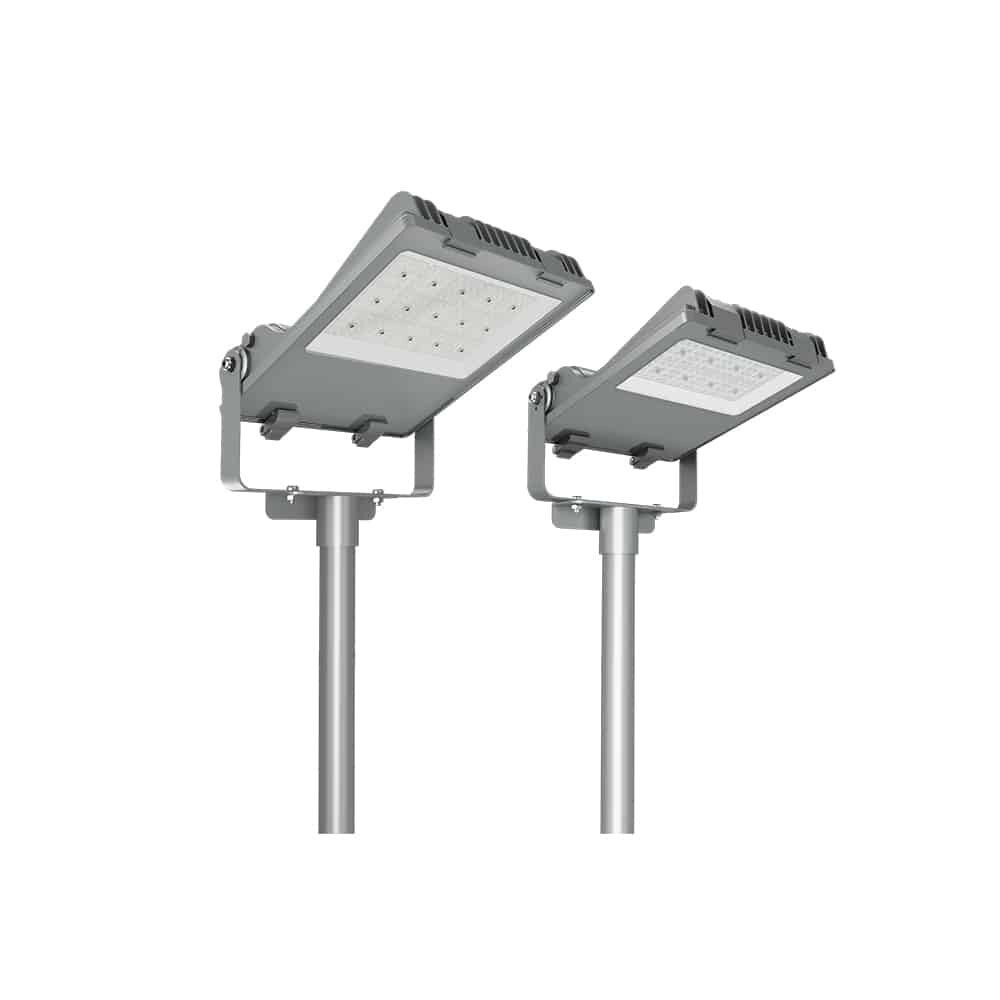
LED light colors play a crucial role in setting the mood and ambiance in any environment. These colors not only add to the aesthetics but also have several meanings behind them. The color of the LED light can affect the way we feel, perceive things, and even impact our health. Understanding the meanings behind these lights can help us choose the right color for the right situation. For instance, blue LED lights are known to have a calming effect and are often used in bedrooms, offices, and other areas where a relaxed atmosphere is required. On the other hand, red LED lights symbolize passion, energy, and excitement, making them ideal for restaurants, bars, and entertainment venues. Similarly, green LED lights are known to promote balance, harmony, and growth, making them ideal for meditation rooms, yoga studios, and gardens. Yellow LED lights are associated with happiness, optimism, and creativity, making them perfect for kitchens, living rooms, and other areas where people tend to gather and socialize. By understanding the meanings behind these LED light colors, one can create a specific mood and ambiance that aligns with their goals and objectives. In conclusion, LED light colors are more than just aesthetics. They have deeper meanings and impacts on our emotions and health. Understanding these meanings can help us choose the right color for the right situation, creating a comfortable and conducive atmosphere that aligns with our goals and objectives. Whether it’s to create a relaxing atmosphere in a bedroom, a romantic ambiance in a restaurant, or a creative environment in a workspace, LED light colors are powerful tools that can be used to achieve our desired outcomes.
LED lights are becoming increasingly popular due to their energy efficiency and versatility. One of the most important aspects of LED lights is their color. The primary colors of LED lights are red, green, and blue. Red LED lights have a wavelength of approximately 620-750 nanometers and are often used for traffic lights, emergency vehicles, and brake lights. Green LED lights have a wavelength of approximately 495-570 nanometers and are commonly used for traffic lights, exit signs, and outdoor lighting. Blue LED lights have a wavelength of approximately 450-490 nanometers and are often used for decorative lighting, aquariums, and mood lighting. By understanding the primary colors of LED lights, you can choose the right color for your specific lighting needs.
Secondary colors are hues that are produced by mixing two primary colors. The three secondary colors are yellow, cyan, and magenta. Yellow is created by mixing red and green, cyan is made by combining green and blue, while magenta is a mixture of blue and red. These colors are widely used in LED lights, as they offer a wide range of possibilities for creating different shades and tones. Understanding the science behind these colors is crucial to demystifying LED light colors, as it allows us to appreciate the complexity and beauty of the light spectrum. Whether you are using LED lights for home decoration, entertainment, or practical purposes, knowing how to mix and match secondary colors can help you achieve the desired effect and create a truly unique and personalized lighting experience.
Tertiary colors are blends of primary and secondary colors that produce a wide range of hues perfect for illuminating any space. Among the most popular tertiary colors are white, warm white, and cool white, all of which offer different benefits depending on their intended use. White is a versatile color that provides a clean and neutral light ideal for general illumination. Meanwhile, warm white emits a cozy and relaxing glow, making it an excellent choice for bedrooms and living rooms. Cool white, on the other hand, creates a bright and energizing atmosphere, making it perfect for task lighting in offices and workspaces. Understanding the unique characteristics of each tertiary color can help you select the ideal LED lighting for your specific needs.
Applications of LED Light Colors
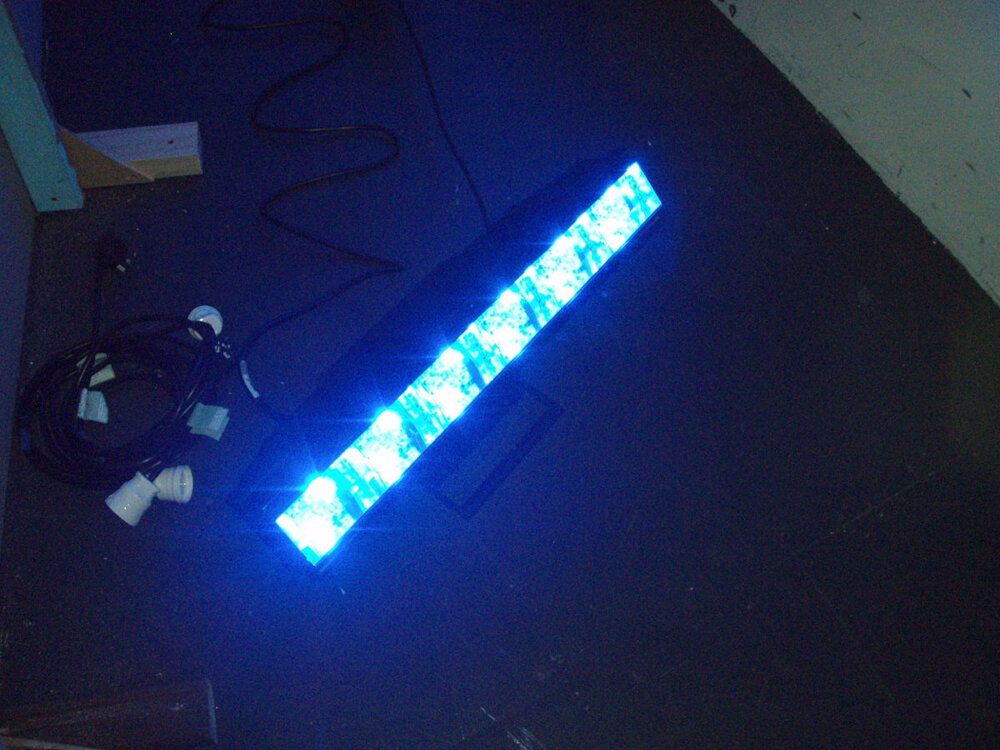
LED lights come in a variety of colors, each with its unique application. One common use of LED light colors is in interior design. Warm white LED lights, with a color temperature of 2700K to 3000K, are commonly used in living spaces to create a cozy and inviting atmosphere. Cool white LED lights, with a color temperature of 4000K to 5000K, are often used in workspaces and kitchens to provide a bright and energizing environment. Additionally, colored LED lights are used to create accent lighting, adding a pop of color to a room or highlighting specific features. For example, blue LED lights can create a calming effect in a bedroom, while red LED lights can enhance the atmosphere in a home theater. Another important application of LED light colors is in horticulture. Plants have different light requirements at different stages of growth, and LED lights of different colors can be used to provide the optimal light for each stage. Blue LED lights promote vegetative growth, while red LED lights promote flowering and fruiting. Additionally, ultraviolet and infrared LED lights can be used to provide supplemental light to plants, improving their overall health and yield. LED grow lights are becoming increasingly popular among home gardeners and commercial growers alike, as they provide a cost-effective and energy-efficient way to grow healthy plants.
LED lights are widely used in traffic signals and emergency vehicles due to their high visibility and low power consumption. In traffic signals, red signifies stop, yellow means caution, and green indicates go. These colors are easily recognizable and help to regulate traffic flow on roads. Similarly, emergency vehicles like ambulances, police cars, and fire trucks use LED lights with various colors such as red, blue, and white to alert motorists and pedestrians. Red and blue lights are used to indicate emergencies, while white lights help to illuminate the scene. LED lights have revolutionized the way we use lighting in transportation and safety, making our roads safer and more efficient.
LED lights have become a popular choice for electronic devices and appliances due to their energy efficiency and long lifespan. They are commonly used in televisions, computer monitors, and smartphones, as well as in household appliances like refrigerators, ovens, and washing machines. LED lights are also used in automotive lighting, including headlights, taillights, and interior lighting. The ability to produce a wide range of colors has made them a versatile choice for electronic devices, as they can be used to create different moods and settings, such as warm white light for a cozy atmosphere or cool white light for a bright and energetic environment. Additionally, LED lights emit very little heat, making them safe to use in appliances that generate heat, such as ovens and stovetops.
LED lights are becoming increasingly popular for both interior and exterior lighting due to their energy efficiency, longevity, and versatility in color options. In interior settings, LED lights can provide a range of warm or cool colors that enhance the ambiance and mood of a space. For example, warm white LED lights can create a cozy and inviting atmosphere in a living room, while cool white lights can provide a bright and energizing workspace in a kitchen or office. Exterior lighting, on the other hand, can benefit from the use of colored LED lights to highlight architectural features or landscapes, create a festive atmosphere for special events, or provide safety and security lighting. Additionally, LED lights are durable and weather-resistant, making them ideal for outdoor applications.
Factors Affecting LED Light Color
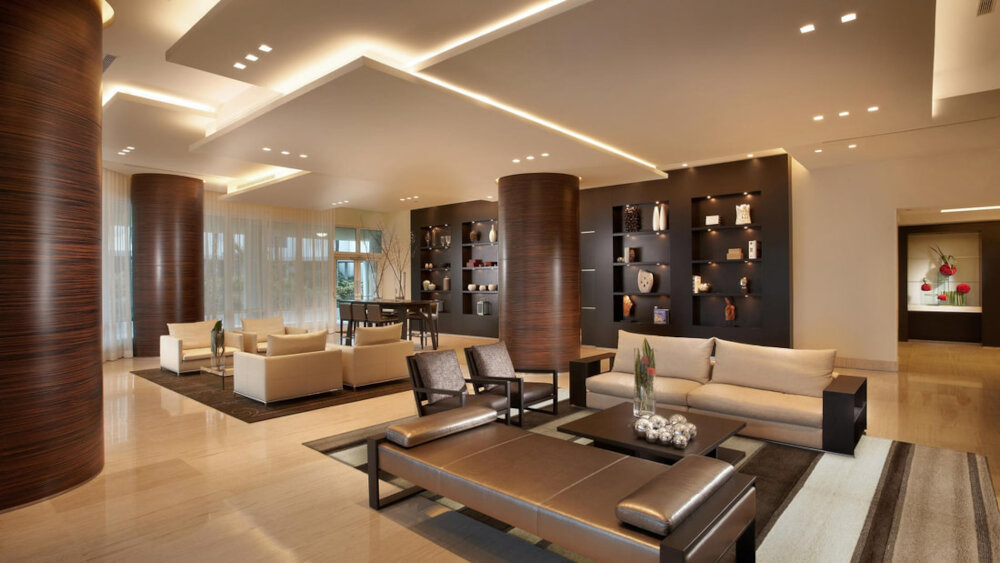
LED lights are popular for their energy efficiency, longevity, and versatility. However, the color of the light emitted by an LED bulb can vary significantly based on several factors. One of the primary factors affecting LED light color is the chemical composition of the semiconducting material used to make the LED. Different semiconductors produce different colors of light when excited by an electrical current. For example, gallium nitride produces blue light, while aluminum gallium indium phosphide produces red, orange, and yellow light. By mixing these semiconductors in specific proportions, manufacturers can create LEDs that emit a wide range of colors. Additionally, the thickness of the semiconductor layers in the LED chip can also affect the color of the light produced. Thicker layers produce longer wavelengths of light, while thinner layers produce shorter wavelengths. Another factor that can affect the color of LED light is the temperature of the LED chip. As the temperature of the semiconductor material increases, the color of the light produced can shift towards the blue end of the spectrum. This phenomenon is known as \blue shift.\ Conversely, as the temperature decreases, the light can shift towards the red end of the spectrum, a phenomenon known as \red shift.\ Manufacturers can use this knowledge to control the color of the light emitted by their LED bulbs by carefully selecting the materials used in the LED chips and designing the bulbs to dissipate heat efficiently. By manipulating these factors, it is possible to create LED bulbs that emit light in a wide range of colors, from warm yellows to cool blues, making them an ideal choice for a variety of lighting applications.
Wavelength and frequency are essential components of understanding LED light colors. Wavelength refers to the distance between two consecutive peaks or troughs of a wave, and it determines the color of the light emitted. As the wavelength increases, the color transitions from violet to blue, green, yellow, orange, and finally red. On the other hand, frequency describes how many waves pass a specific point in a given time, and it’s measured in Hertz. The higher the frequency, the more energy the light carries, and it appears brighter. Therefore, it’s crucial to understand the relationship between wavelength and frequency to comprehend the color and brightness of LED lights.
Voltage and current are essential components in understanding LED light colors. Voltage refers to the potential difference between two points in an electrical circuit, which determines the flow of electricity. In LEDs, the voltage required to produce different colors varies, with red being the lowest and blue being the highest. On the other hand, current is the flow of electricity through a circuit, measured in amperes. To produce different colors, LEDs require different levels of current, with blue LEDs requiring the highest and red requiring the lowest. Understanding the relationship between voltage and current is crucial in selecting the right LED for your lighting needs and achieving the desired color.
Temperature is a critical factor that affects the environment in which LED lights operate. LED light colors and their performance are directly impacted by temperature changes. As the temperature increases, the color of the LED light can change, and its efficiency can decrease. This shift in color can be attributed to the change in the LED’s bandgap, which is responsible for the wavelength of light emitted. Additionally, temperature affects the lifespan of LED lights. Higher temperatures can cause the LED lights to degrade faster, reducing their overall lifespan. Therefore, it is essential to consider the temperature requirements of LED lights when installing them in various environments.
Choosing the Right LED Light Color
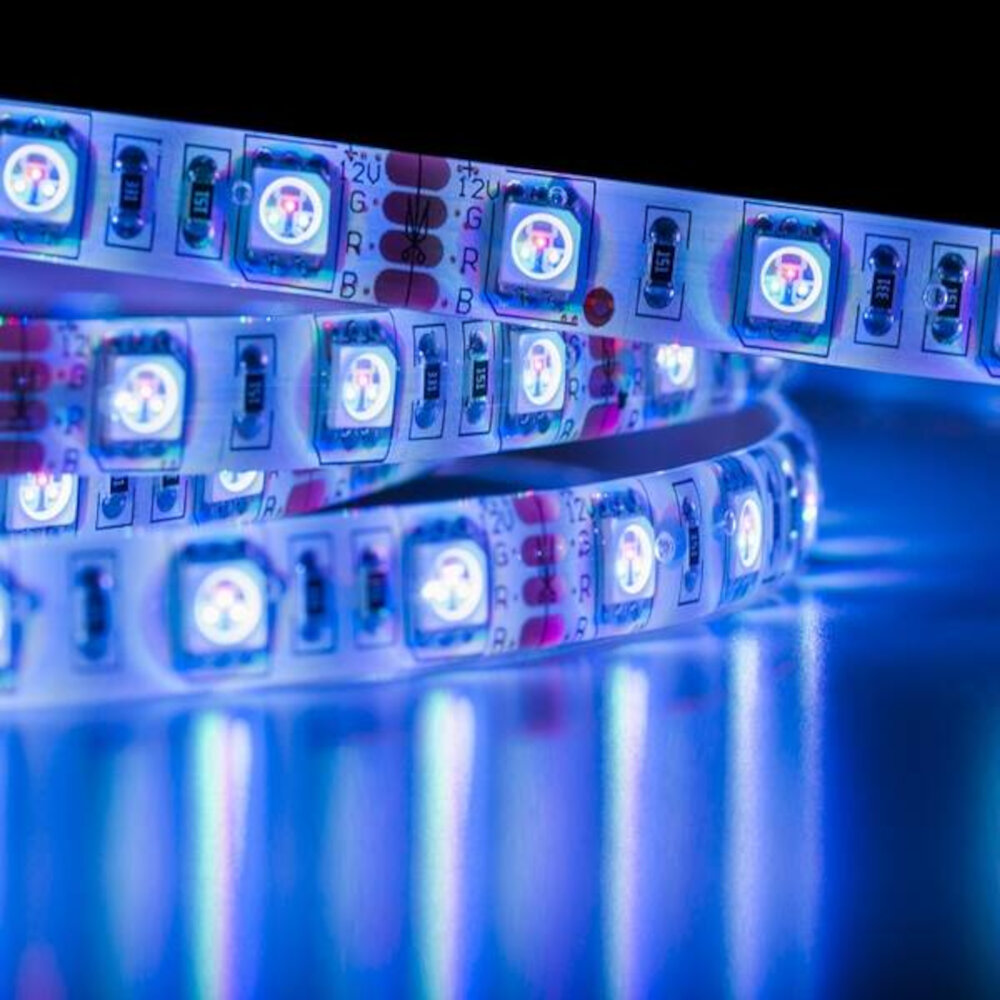
Choosing the right LED light color is crucial to create the right ambiance and mood for your space. LED lights come in a variety of colors, including warm white, cool white, daylight, and RGB. Warm white LED lights are perfect for creating a cozy and welcoming atmosphere in your living space. These lights have a yellowish tint and emit a soft glow that is ideal for creating a relaxing and comfortable environment. On the other hand, cool white LED lights have a bluish tint and emit a bright and crisp light that is perfect for task lighting, such as in kitchens and workspaces. Daylight LED lights are a good option for spaces where natural light is limited. These lights mimic natural daylight and are perfect for offices, basements, and other spaces where you need a bright and refreshing light. RGB LED lights offer complete control over the color and brightness of your light, allowing you to create a customized ambiance for your space. These lights are ideal for parties, events, and other occasions where you want to create a fun and colorful environment. Ultimately, choosing the right LED light color depends on your personal preferences and the specific needs of your space.
When it comes to understanding LED light colors, it’s essential to consider the intended use. Different colors serve different purposes, and choosing the right one for your needs can make all the difference. For example, warm white LEDs are often used in residential settings because they create a cozy and inviting atmosphere. On the other hand, cool white LEDs are more commonly found in commercial and industrial settings because they provide brighter and crisper illumination. Additionally, colored LEDs can be used for various applications, such as red LEDs for night vision or green LEDs for outdoor lighting. By taking into account the intended use, you can make a more informed decision about which LED light color will best suit your needs.
When it comes to choosing LED light colors, one important factor to consider is the mood or atmosphere you want to create in your space. Warm white lights (2700K-3000K) tend to create a cozy and inviting atmosphere, making them ideal for bedrooms and living rooms. Cool white lights (4000K-5000K) have a more energizing effect and are often used in workspaces or kitchens where task lighting is important. Daylight white lights (5000K-6500K) provide a bright and refreshing atmosphere, making them a popular choice for bathrooms and outdoor spaces. The color temperature and brightness of your LED lights can greatly impact the overall ambiance of your space, so it’s important to choose wisely based on your desired mood and function.
When it comes to choosing LED lights, color temperature is an important factor to consider. Color temperature refers to the warmth or coolness of the light, and is measured in Kelvin (K). Generally, lower Kelvin values indicate warmer, more yellowish light, while higher Kelvin values indicate cooler, bluish light. Understanding color temperature is important because it can affect the ambiance of a space and impact our mood and productivity. For example, warm, yellowish light is often preferred in living spaces because it creates a cozy and relaxing atmosphere, while cooler, bluish light is often used in workspaces because it can improve focus and alertness. Therefore, when choosing LED lights, it’s important to consider the color temperature that will best suit your needs and preferences.
Understanding LED light colors is crucial for selecting the right lighting for various settings. The color of an LED light determines the ambiance and mood it creates, making it an essential factor to consider when choosing lighting for homes, offices, or other spaces. Additionally, different LED light colors have varying effects on human behavior, emotions, and health, making it essential to understand their significance. For example, blue light can increase alertness and improve cognitive performance, while warm yellow light can promote relaxation and better sleep. Therefore, understanding LED light colors can help individuals make informed decisions about their lighting needs and create an environment that supports their well-being.
The article \Demystifying LED Light Colors Understanding What They Mean\ sheds light on the various colors that LED lights come in and what they represent. The author explains that LED lights come in a range of colors, such as red, blue, green, and white, with each color emitting a different wavelength. The article goes on to explain the significance of each color, outlining the psychological effects they have on people and the various applications they are suitable for. For instance, red LED lights have been shown to increase focus and are commonly used in traffic lights, while blue LED lights are known to promote relaxation and are often used in spas and bedrooms. Additionally, the article touches on the importance of selecting the right LED light color for specific purposes to optimize their benefits. Overall, the article provides valuable insights into the world of LED lights and their various colors.
In conclusion, understanding the different colors of LED lights is essential for making informed decisions when purchasing lighting products. Each color has a unique wavelength and can impact our mood, productivity, and sleep quality. It is recommended to choose warm white or neutral white LED lights for indoor spaces where relaxation and comfort are desired, such as bedrooms and living rooms. On the other hand, cool white or daylight LED lights are ideal for task-oriented areas like offices, kitchens, and bathrooms. Ultimately, it is important to consider the intended use and atmosphere of the space when selecting LED light colors to create a comfortable and functional environment.
Conclusion
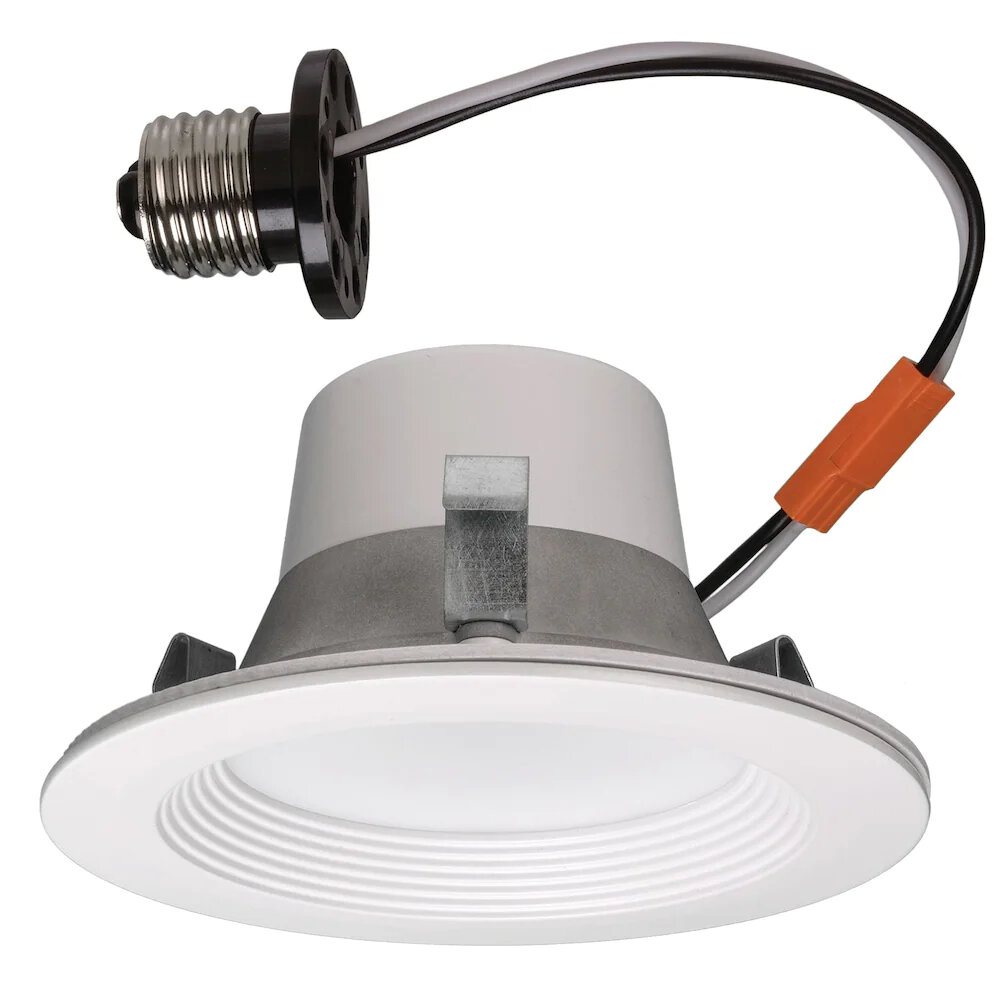
In conclusion, understanding the different colors of LED lights can make a significant difference in your daily life. From creating the perfect ambiance in your home to improving your productivity at work, knowing which colors to use and when can have a profound impact on your mood and overall well-being. Whether you’re looking to create a warm and cozy atmosphere or need to stay focused and alert, LED lights offer a wide range of options to suit your needs. By demystifying LED light colors, you can unlock the full potential of these innovative lighting solutions and reap the benefits of their versatility and efficiency.

